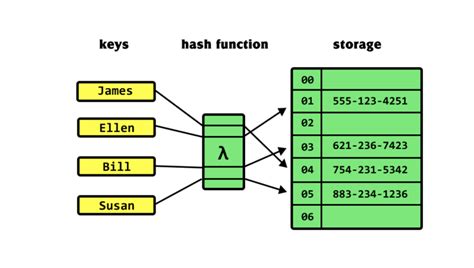Ethereum: Why public keys are not provided with quantum resistance
The current development of Ethereum 2.0 has led to a debate on the introduction of a safer and more permanent network of the CRIPTO currency, including the introduction of Taproot. One of the main aspects of Taprooot is the way it deals with public keys, which seems to contrary to the idea that the interference of their resistance does not provide quantum resistance.
Quantum cryptography: threat to a public key.
In the quantum calculation field, cryptography is based on principles such as the distribution of quantum key (QKD) and quantum cryptography based on the principles of quantum mechanics. One aspect of QKDs are quantum -discount hash functions that are designed to be resistant to malicious parties that can try to use quantum computers to disrupt classic cryptographic systems.
Why the mixing of public keys does not provide quantum resistance
In the traditional cryptography of public key, such as RSA and elliptical crypts in cryptography, mixing public key does not provide resistance to quantum attacks. This is because the safety of these algorithms depends on the factor of a large number or number of discrete logarithms in the cryptographic groups of hardness.
Taproot and its impact on the mixing of public keys
The Taproot proposal, the potential upgrade of Ethereum, aims to introduce a new protocol of consensus that uses a different approach to ensure transactions. Taproot will use a technique called „hash-time checkeble” (HTV) proof that allows you to test the integrity of transaction without relying on classic cryptographic hash functions.
Taproot public keys: a potential solution?
Vitaly Smirnov, published earlier this year, mentioned that the results would include the public key directly rather than mixing. Although it is not a direct answer to the question of quantum resistance, it suggests that Taproot could introduce a new paradigm into transactions.
The article Smirnova suggested that public keys can be replaced by other cryptographic methods, such as evidence tested on time (HTVP). HTVP is specially designed for use in safe multiple calculation and decentralized applications. This evidence allows several sides to testify together the validity of the transaction without relying on the classic cryptographic function hash.
Impact on quantum resistance

Although the mixing of public keys is not directly related to quantum resistance, it is important to consider how Taproot can affect the safety of these algorithms in the long run. If Taproot introduces new, safer transactions protocols, this could potentially provide a solution to some disadvantages associated with traditional cryptography of public key.
Conclusion
In conclusion, public keys do not provide quantum resistance due to the classic cryptographic hash function. However, as Taproot and other new technologies continue to develop, they can introduce new approaches to transactions that are independent of traditional mixing methods.
Although we have not yet seen the clear introduction of Taproota or similar protocols that offer significant quantum resistance, it is important to consider this impact of development on our understanding of cryptography and its possible restrictions despite new threats.
